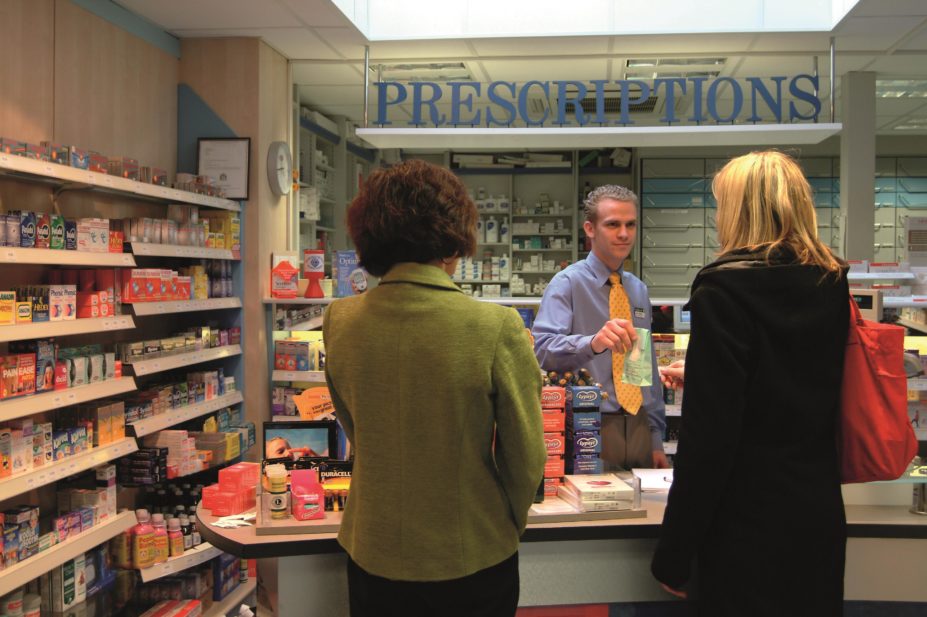
Peter Titmuss / Alamy Stock Photo
Around 74% of community pharmacists believe their skills in helping to reduce inappropriate antibiotic prescribing are not being used, according to the results of a survey presented ahead of European Antibiotics Awareness Day on 18 November 2015.
Just under half (46%) of the 214 pharmacists surveyed admit they have no measures in place to tackle the problem, and 83% would like further training to help them develop their skills to address the issue. Around 79% recognised the part they could play in advising patients about the use of antibiotics in tackling respiratory tract infections and 78% felt they also had a role in educating patients about self-care, the survey found.
Some 75% wanted to work more closely with GPs on tackling antibiotic prescribing; 69% said pressure from patients was influencing GPs’ prescribing decisions while 13% pointed to lack of time during the GP patient consultation.
The survey also sought the views of 65 GPs and found that most patient requests for antibiotics (40%) were for respiratory tract infections. Acute coughs and bronchitis were behind 30% of patient requests and 22% of requests were for acute otitis media.
The survey was commissioned by RB, a manufacturer of throat lozenges, and the Global Respiratory Infection Partnership — a group devoted to preventing inappropriate prescribing of antibiotics for the treatment of upper respiratory tract infections. The results were presented to health professionals and academics who attended a meeting hosted by the two organisations in October 2015 to discuss inappropriate prescribing of antibiotics in primary care.


